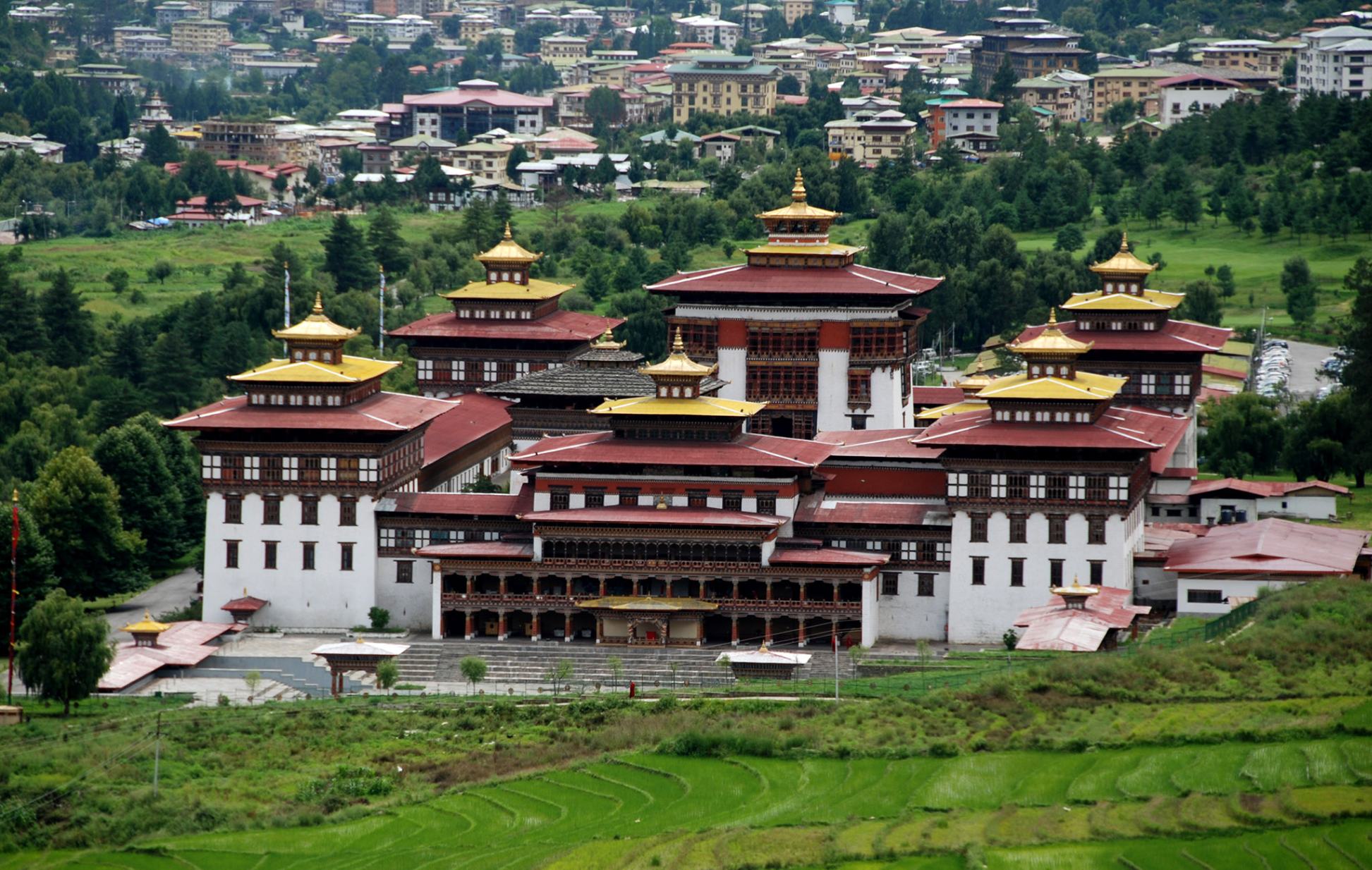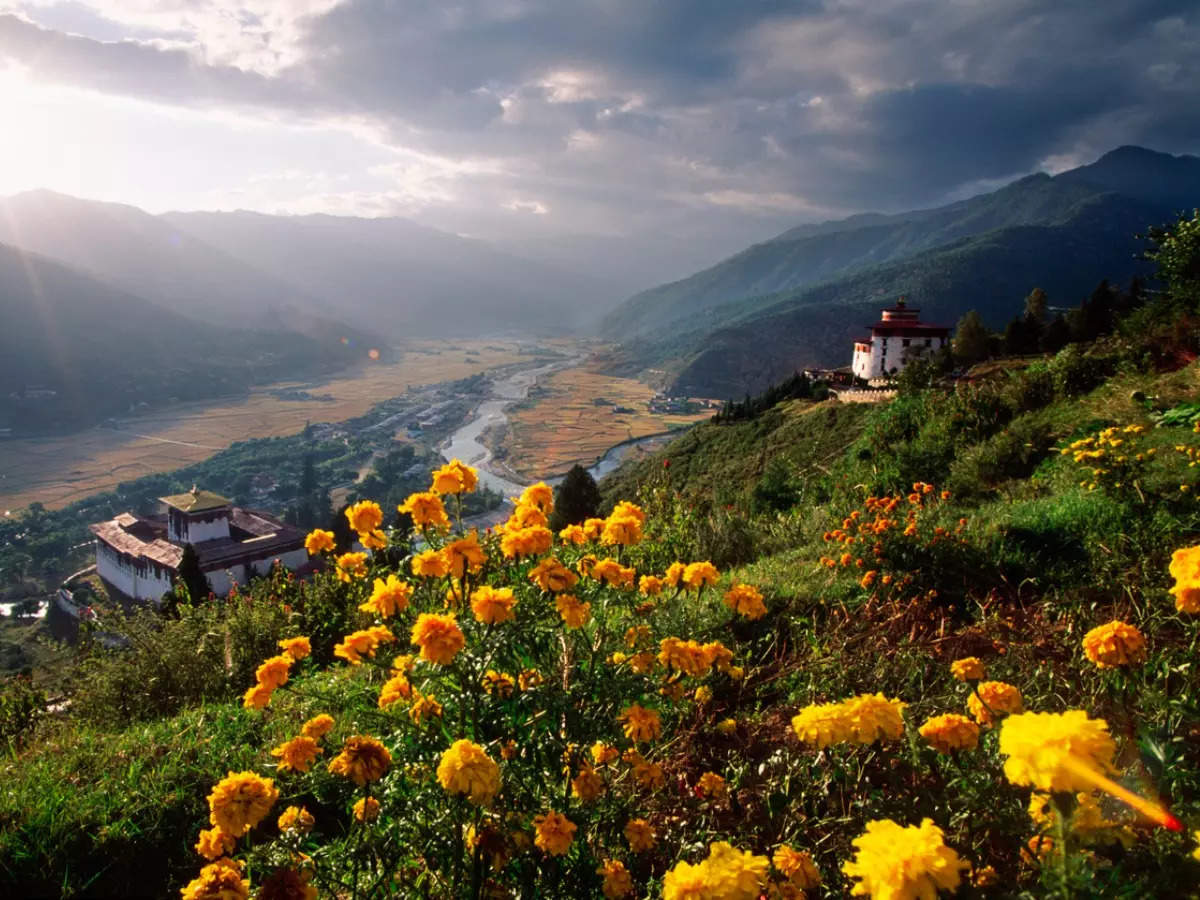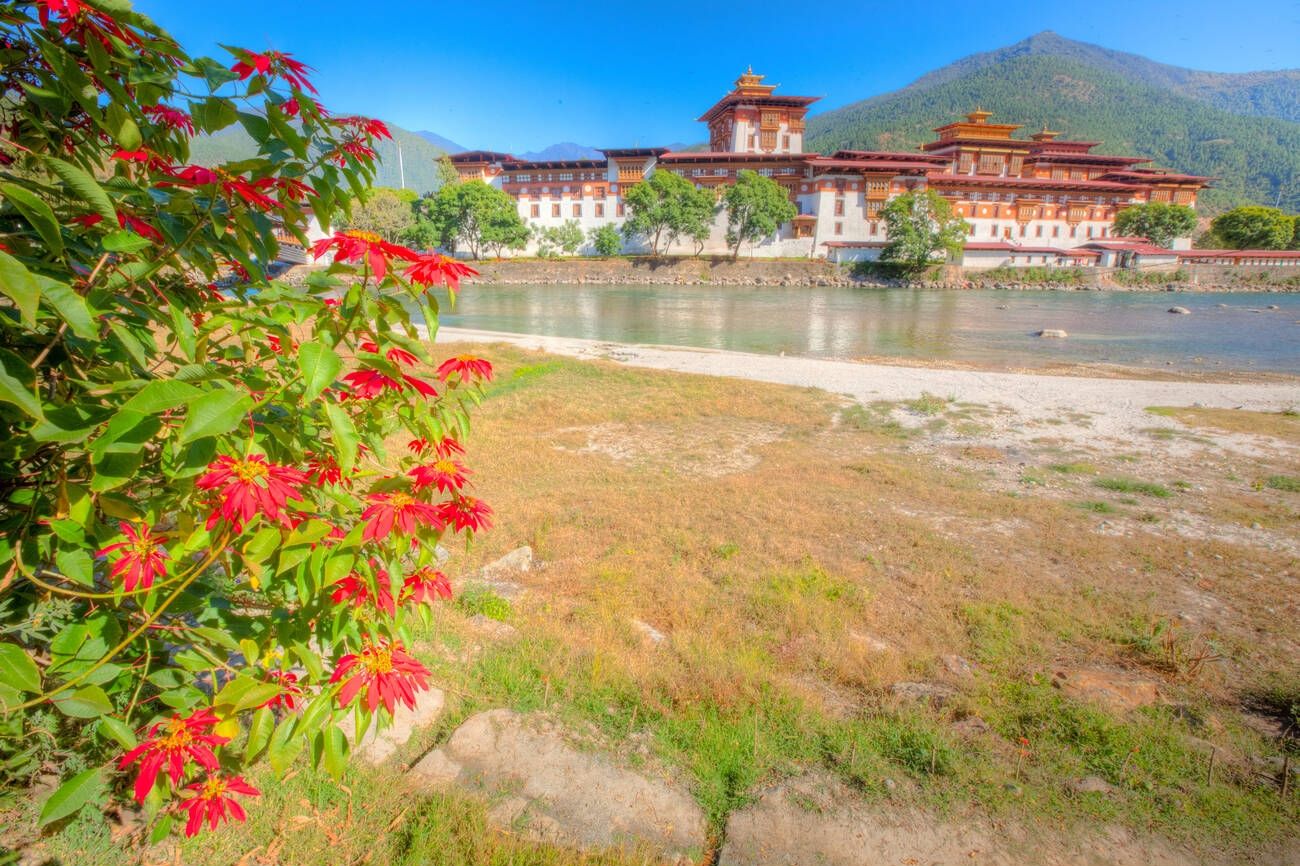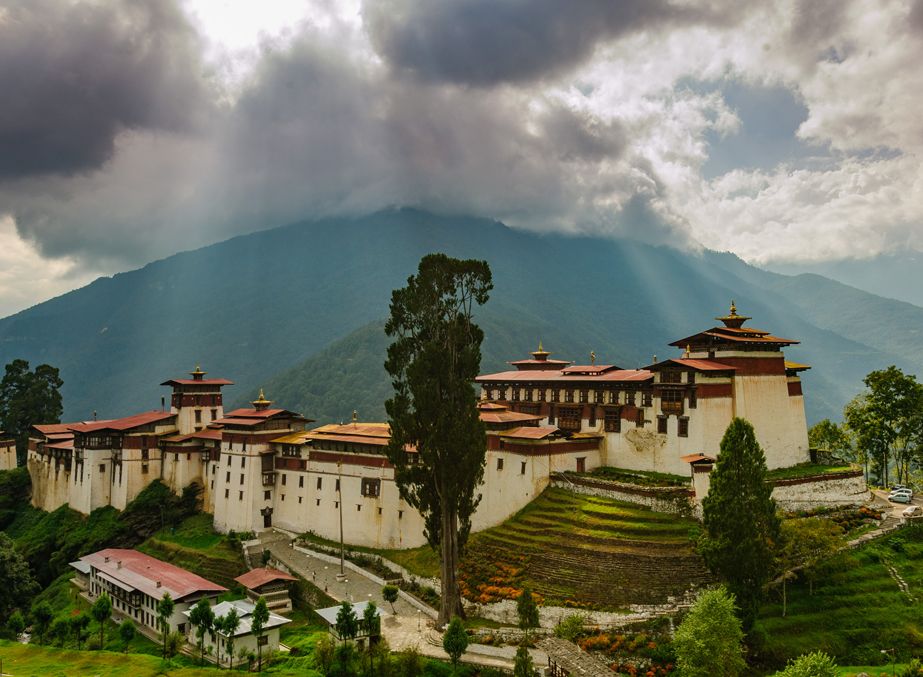Exploring the Best Time to Visit Bhutan from India: A Comprehensive Guide

Bhutan, nestled in the eastern Himalayas, is a land of mystique, culture, and breathtaking natural beauty. Its unique blend of traditional Bhutanese charm and modern development makes it an enticing destination for travelers from India and around the world. However, deciding the best time to visit Bhutan from India requires careful consideration of various factors, including weather conditions, cultural events, and personal preferences. In this comprehensive guide, we will delve into the distinct seasons of Bhutan and highlight the ideal times to embark on your Bhutanese adventure.
Understanding Bhutan’s Seasons
Bhutan experiences four distinct seasons: spring, autumn, summer, and winter. Each season offers its own set of attractions and activities, catering to different interests and preferences. Let’s explore each season in detail:
Spring (March to May)

Spring is a magical time in Bhutan, characterized by mild temperatures, blooming flowers, and vibrant festivals. As the snow begins to melt, the landscape transforms into a kaleidoscope of colors, with rhododendrons, cherry blossoms, and other wildflowers painting the hillsides. The weather during spring is generally pleasant, with temperatures ranging from mild to slightly warm, making it ideal for outdoor activities like trekking, hiking, and nature walks. Moreover, spring is festival season in Bhutan, with events like Paro Tshechu and Punakha Drubchen attracting locals and tourists alike. These festivals offer a glimpse into Bhutanese culture, featuring traditional dances, music, and religious ceremonies.
Autumn (September to November)

Autumn is another popular season to visit Bhutan, known for its clear skies, pleasant temperatures, and breathtaking landscapes. As the monsoon rains subside, the countryside bursts into vibrant colors, with leaves turning shades of red, orange, and gold. The weather during autumn is ideal for outdoor adventures like trekking, sightseeing, and wildlife spotting, with comfortable temperatures during the day and cooler evenings. Additionally, autumn is festival time in Bhutan, with celebrations like Thimphu Tshechu and Gangtey Festivals showcasing the country’s rich cultural heritage. These festivals provide an opportunity to witness traditional dances, masked performances, and religious rituals, offering a deeper insight into Bhutanese traditions.
Summer (June to August)

Summer in Bhutan brings warmer temperatures and occasional rainfall due to the monsoon season. While it may not be the peak tourist season, summer offers its own unique charm and opportunities for exploration. The landscape is lush and verdant, with cascading waterfalls, emerald-green valleys, and mist-shrouded mountains creating a picturesque backdrop for travelers. Although trekking routes may be slippery and some roads to remote areas temporarily closed, summer is ideal for birdwatching, cultural exploration, and experiencing the serene beauty of Bhutan’s landscapes. Moreover, summer provides an opportunity to immerse oneself in Bhutanese culture, with locals welcoming visitors into their homes and communities.
Winter (December to February)

Winter in Bhutan can be cold, especially in higher elevations, but it offers clear skies, fewer tourists, and unique cultural experiences. As the temperatures drop, snow blankets the mountain peaks, creating a breathtaking winter wonderland. While outdoor activities may be limited due to the cold weather, winter is perfect for experiencing the tranquility of Bhutan’s landscapes, visiting monasteries, and attending unique winter festivals like Punakha Tshechu and Trongsa Tshechu. These festivals, held in historic dzongs and monasteries, offer a glimpse into Bhutanese religious traditions, with masked dances, ritualistic ceremonies, and colorful pageantry.
Factors to Consider When Planning Your Visit
When planning your trip to Bhutan from India, there are several factors to consider to ensure a memorable and enjoyable experience:
Festival Calendar
The timing of specific festivals may vary each year according to the Bhutanese lunar calendar. If attending festivals is a priority for you, it’s advisable to check festival schedules in advance and plan your visit accordingly. Some of the most popular festivals include Paro Tshechu, Thimphu Tshechu, and Wangdue Phodrang Tshechu.
Accommodation and Transportation

Book accommodations and make necessary travel arrangements well in advance, especially during peak seasons like spring and autumn. Bhutan offers a range of accommodation options, from luxury resorts to budget guesthouses, catering to different preferences and budgets. Additionally, ensure your transportation needs are met, whether it’s by car, bus, or domestic flights within Bhutan.
Travel Insurance
Comprehensive travel insurance is essential for any trip, providing coverage for medical emergencies, trip cancellations, and other unforeseen circumstances. Make sure your insurance policy includes coverage for Bhutan and any outdoor activities you plan to engage in.
Permits and Documentation
Before entering Bhutan, you’ll need to obtain the necessary permits for both yourself and your vehicle. Contact the Bhutanese embassy or consulate in India or consult with travel agencies for information on the permit process and required documents. Additionally, carry valid identification, passports, and other relevant travel documents at all times during your trip.
Conclusion
Deciding the best time to visit Bhutan from India depends on your preferences, interests, and the experiences you seek. Whether you’re drawn to the vibrant colors of spring, the clear skies of autumn, or the tranquility of winter, Bhutan offers something magical for every traveler. By understanding the distinct seasons of Bhutan and planning your visit accordingly, you can embark on a memorable journey filled with adventure, cultural immersion, and breathtaking landscapes. So pack your bags, prepare your itinerary, and get ready to explore the enchanting kingdom of Bhutan, a land of happiness and beauty.

